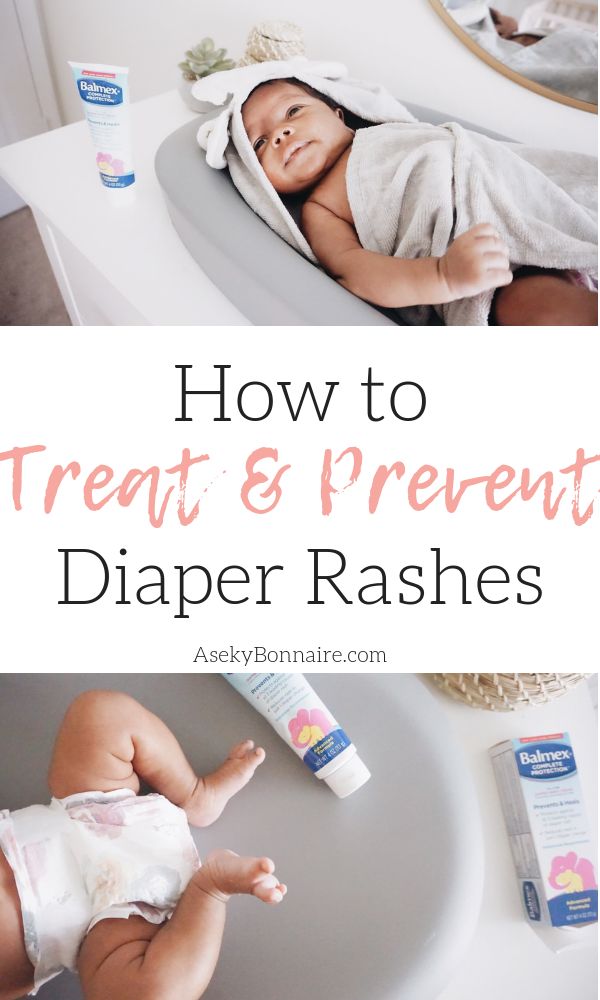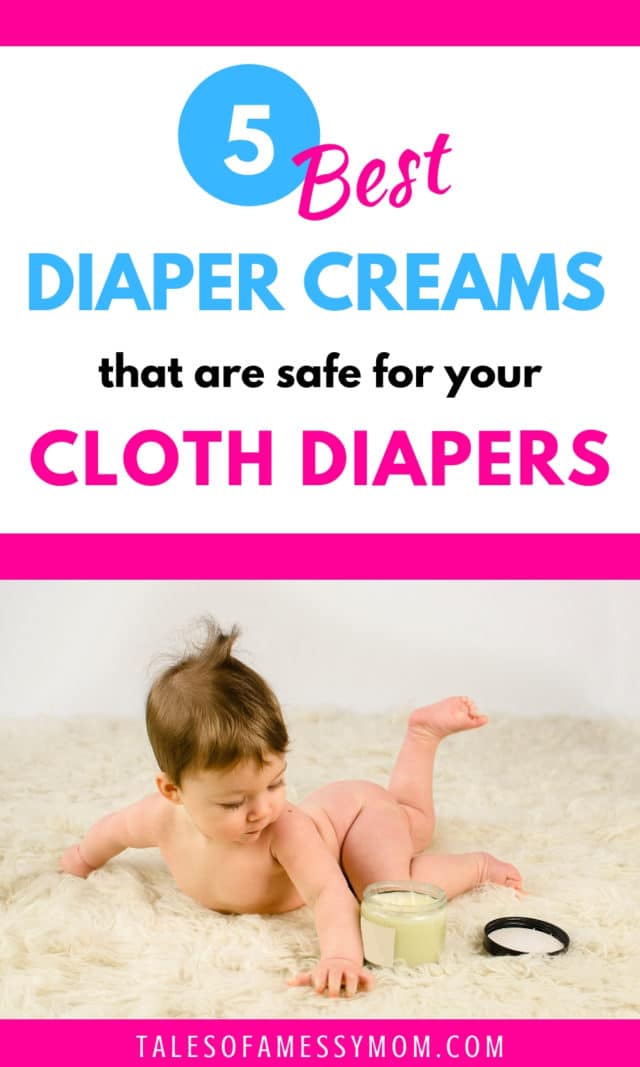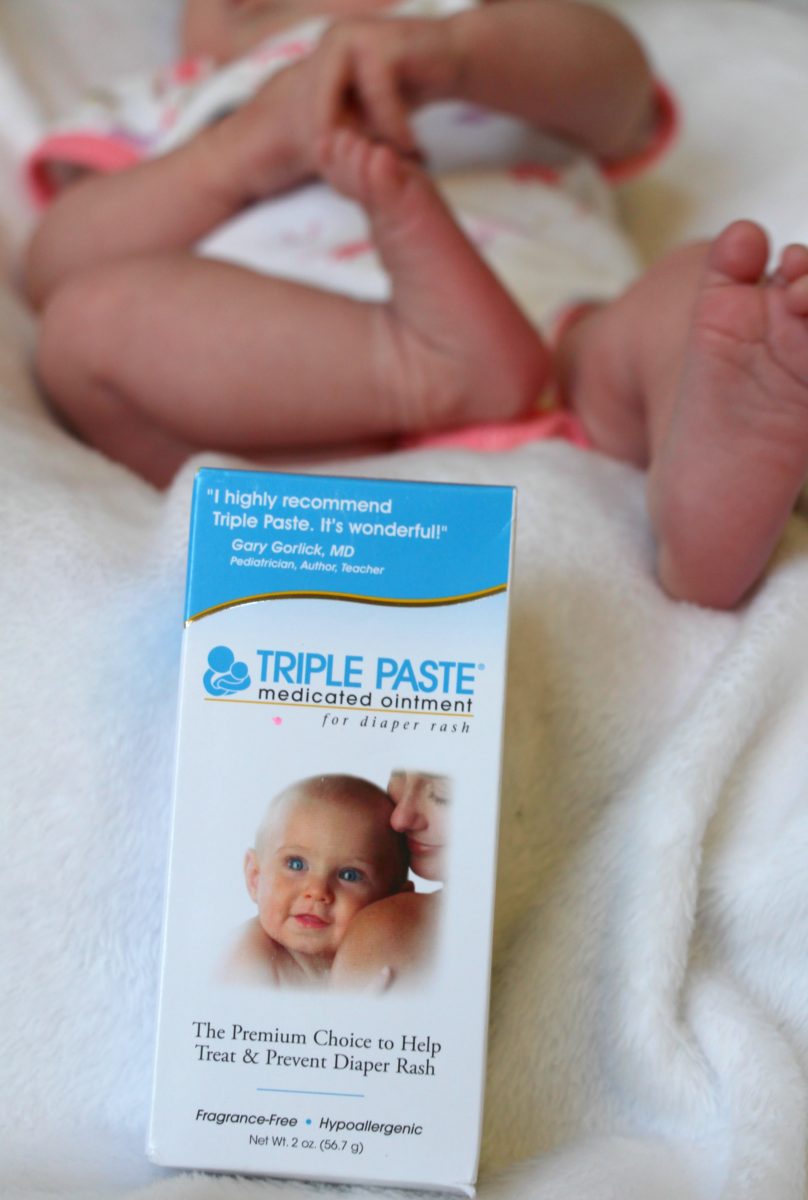Remove The Use And Dirty Diaper
When you remove the dirty diaper, clean all the visible waste with the help of a baby wipe and then remove the diaper cream residue off of the baby’s bottom, gently avoiding the genitals area. If you have a baby boy, consider putting a baby wipe on his penis to avoid him urinating all over you while you are applying the diaper rash cream.
When To Consult A Pediatrician
You may notice that your baby has red skin with flaking and is itchy, it may be eczema and need to be seen by your pediatrician. The symptoms of eczema include red bumps, redness and peeling skin that itches. You may notice these areas on the arms, face and back of the knees. The doctor may suggest a medical treatment and offer some home remedies such as moist compresses to alleviate any discomfort.
Categories
Identifying Specific Diaper Rash
Here are a few diaper rashes that can be more than just irritation from the stool, urine, and diaper. They usually require more specific therapy:
1. Contact Diaper Rash
This is simply the regular rash as discussed above.
- Appearance flat, red, irritated skin. When severe, skin will peel or blister and slough off.
- Treatment as described above.
2. Intertrigo
This is a specific rash that occurs within the skin folds and creases around the diaper area where the skin rubs together.
- Appearance Heat and moisture mixed with urine cause a red, burn-like appearance.
- Treatment regular white petroleum diaper ointment.
3. Yeast Rash
When the skin is damaged, yeast from the intestines can invade the skin. This especially occurs with antibiotic use or prolonged rash.
- Appearance it is a red, raised, patchy rash with sharp borders, mostly over the genitalia but with satellite spots sprinkled around the diaper area.
- Treatment in addition to the above measures, there are two commonly used anti-fungal creams:
- Clotrimazole over-the-counter. Apply 2 3 times a days beneath the other creams.
- Nystatin prescription. Not necessarily better, just different.
- this is a natural bacterial powder that fights off yeast. Click on it to learn more.
4.Impetigo
when bacteria invade the damaged skin.
- Appearance coin-sized blisters or red raised patches that ooze a honey-colored crust.
- Treatment prescription antibiotic ointment as well as the above general measures.
5. Seborrhea
6. Allergy Ring
Read Also: What To Do For Newborn Dry Skin
How Do I Treat Mild Diaper Rash
Remove wet/soiled diaper ASAP after birth, clean baby with water , pat dry quickly without rubbing. For yeast diaper rashes, you can use plain yogurt on the affected area, dont wipe it off.
If there is a bacterial infection present then you need to try and clear that up first before using any treatment cream. To be honest I have used breastmilk on my childrens skin for all sorts of skin conditions and it has worked wonders. You can find my favourite breast milk lotion recipe here.
However, if you do want to use a cream then you need to find one that doesnt contain any ingredients that you dont want on your childs skin and is also suitable for their age.
What Is Baby Powder Made Of

Talcum-based baby powder is made from the mineral talc, which contains mostly the elements magnesium, silicon and oxygen. It absorbs moisture and reduces skin-on-skin friction, which may help prevent rashes, including diaper rash. That’s why for many years, it was a staple on changing tables.
But check the label, because many baby powders on the market today don’t contain any talc at all. Numerous “talc-free” powders are made with cornstarch, another naturally absorbent ingredient, instead of talc.
Read Also: How Many Ounces Per Day Newborn
Should You Put Rash Cream On Every Diaper Change
Yes! Theres no need to wait for the diaper rash to show up first. Using rash cream with every diaper change can help prevent diaper rash from happening in the first place. A lot of parents opt to use a rash cream for babies every time as a preventative measure, especially if their baby’s skin is prone to irritation and gets rashes often. By creating a barrier with diaper cream with every change, you can stay ahead of some of the most common causes of diaper rash:
- Irritation from friction or chafing
- Diarrhea
- Teething and/or starting to eat solid foods
- Colds or antibiotics
- Sleeping through the night , which means fewer diaper changes and more time marinating in #1 and #2
Living With Diaper Rash
Diaper rash is very common in babies, especially those between 4 and 15 months old. Do the best you can to prevent it. But sometimes it cant be avoided. Home treatment often clears up diaper rash in a few days. If that does not work, call your family doctor.
If you use cloth diapers, you should also keep these tips in mind.
- Wash diapers in hot water with bleach to kill germs. You can also boil them for 15 minutes on the stove after washing.
- Rinse diapers 2-3 times to remove all soap and chemicals.
- If you use detergent, be sure to choose detergent for sensitive skin. There are some brands specific to babies and cloth diapers.
- Avoid fabric softener and dryer sheets, which can irritate skin.
- Try to avoid plastic pants that fit over diapers. They increase heat and moisture in the diaper area. This makes it easier for diaper rash to start and for germs to grow.
Also Check: Which Baby Bottles Are The Best For Newborns
Home Remedies To Prevent Diaper Rash
To keep your baby’s tender tush in tip-top shape, it’s best to take a preventive approach to diaper rash. Try these baby-tested strategies :
What to Expect selects products based on independent research and suggestions from our community of millions of parents learn more about our review process. Prices and details are accurate as of the published date. We may earn commissions from shopping links.
Should You Always Use Diaper Cream
No. This applies to any baby cream or ointment too, dont use any creams on your baby unless you really need to.
For instance, if your baby has dry skin and you want to moisturize their skin then just use natural ingredients like coconut oil or cocoa butter and the massage that into the skin.
If your child does have a yeast diaper rash then you can use a thick layer of plain organic yogurt and instead of wiping it off just let it air dry. Yeast rashes could be caused by something you are eating and you may need an antifungal cream to kill the yeast infection and a change of diet if your baby is exclusively breastfed. If using cloth diapers ensure they are thoroughly cleaned and put a paper liner barrier in any fresh diaper used.
If your baby has an irritated rash, dont put any cream on that area and again just try and figure out what is causing the irritation in the first place. Always give them plenty of diaper-free time and when putting on a clean diaper ensure their skin is dry and clean. Most rashes should clear up with perhaps just a little baking soda bath or even topical aloe vera gel applied.
Read Also: How Much Ounces Of Formula Should A Newborn Drink
What About Newborn Rashes
There are many causes of rashes in newborns. When it comes to diaper rash then yeast and bacterial infections can cause this but so can heat, cold, sweat and urine as well as other chemicals such as urine-soaked diapers rubbing against the skin. You can also use breastmilk on diaper rashes to help the skin heal.
The majority of diaper rashes occur once your baby has started solid foods. It is true that for exclusively breastfed babies, rashes may occur earlier and is dependent on what food you are eating. Weve done a series of articles on foods to avoid whilst breastfeeding.
Once your baby starts solids , then diaper rashes usually start. These are a reaction to their immature digestive system dealing with the new foods. At this stage, you can start using diaper creams as their skin is more mature. However, you can help to avoid these diaper rashes by making sure that their diapers are not too tight and that they get a good diet of nutritious foods that dont irritate the digestive system.
Ways To Minimize Or Prevent Diaper Rash
If your baby does not have a problem with diaper rash, then you dont need to be too strict with these preventative measures. However, if you are constantly battling rash, here are some helpful hints to minimize it:
1. Change Diapers Frequently
Change diapers at least every two hours in newborns. You can space this out as baby starts to urinate less often.
2. Change Poopy Diapers Right Away
This is a lot of trouble at first since newborns often have small, frequent stools. This will slow down as baby grows.
3. Try Different Brands
If using disposables, another brand may fit a little better and cause less friction.
4. Rinse Cloth Diapers
Add a half-cup of vinegar to the rinse cycle. This helps remove alkaline irritants. Your diaper service can also do this.
5. Wipe Well
Be sure to wipe all the stool and urine away.
6. Use Unscented Wipes or Just Plain Water
these are less irritating. You can even rinse out the wipes with water, although this takes more time.
7. Diaper Rash Cream
Some lucky babies dont need any. More sensitive bottoms need cream with each new diaper. There are two basic types of barrier creams:
- Petroleum ointment this is an excellent preventative every-day ointment. Its less sticky and less messy.
- White zinc oxide this is thicker and may be better for babies who are more prone to rash.
You May Like: How To Get Newborn To Stay Asleep
Other Natural Remedies For Diaper Rash
In addition to the tried-and-true diaper rash treatments recommended by doctors, there are homeopathic remedies that you may consider, too. These treatments havent been scientifically proven to treat and heal diaper rash, but theyve been around and used by many parents for a long time.
Before starting anything new, call your childs doctor or clinician. Or make it one of your questions at babys next wellness check. That said, here are some popular options that can be used in combination with those tried-and-true methods.
Other Diaper Rash Treatments

If diaper rash does develop, you may consider also trying alternative treatments to help clear it up, such as:
- Witch hazel ointment
- Aloe vera or calendula
- Shampoo clay
While some people have found success with these types of alternative treatments, theyre not guaranteed to work. You may want to discuss them with your babys doctor before giving them a go.
You May Like: When To Start Newborn On Cereal
How Long Should A Newborn Breastfeed Per Session
Newborns. A newborn should be put to the breast at least every 2 to 3 hours and nurse for 10 to 15 minutes on each side. An average of 20 to 30 minutes per feeding helps to ensure that the baby is getting enough breast milk. It also allows enough time to stimulate your body to build up your milk supply.
How To Apply Diaper Rash Cream To A Baby Boy
Baby boys often need rash cream applied to their outer genital skin, so its safe to use cream there. Boys often need it in their thighs creases or where the diaper meets their legs due to chafing.
However, if your baby is not circumcised, dont retract to apply the cream. Make sure you only apply it to the foreskin.
Read Also: How To Help Newborn Congestion
Ways To Treat Flare Ups
No matter how diligent you are with the above measures, your baby will still have a rash from time to time. Here are some tips to treating those rough spots:
1. Wash Off Bottom with Water
Dont wipe the sore areas. Instead, use a bulb syringe to gently wash babys diaper area.
2. Gently dab or pat away any remaining stool.
Blot babys bottom dry.
3. Let it Air Out
Leave the diaper off for a while, with no diaper cream on. Lay baby on a towel with her bottom up. Do this as often as you can. This will help dry out the rash, which is important for the healing process.
4. Diaper Creams
When you do put the diaper back on, use generous amounts of . Here are some suggestions:
How Can You Prevent Diaper Rashes
The best way to prevent mild diaper rashes caused by skin irritation is frequent diaper changes. When your baby wets or soils the diaper, go ahead and change it. If your child gets them frequently, allowing your little one to go diaper free periodically can be beneficial as well.
Diaper rashes do NOT mean lazy parenting, though. Please do not blame yourself. They are a part of this lovely world of diapers. Dont worry your child will outgrow them eventually.
Recommended Reading: How Often Should A Newborn Poop On Formula
Other Causes Of Diaper Rash
There are some other conditions that can look a little like diaper rash. For example, the rash may actually be seborrheic dermatitis, a condition in which the glands of the skin produce too much oil. Or, the rash may be triggered by a genetic condition like acrodermatitis enteropathica, which is a zinc deficiency. If you believe your babyâs diaper rash may be due to one of these conditions, or if youâre not sure whatâs causing the rash, see your little oneâs healthcare provider for a proper diagnosis and appropriate treatment.
Selecting The Best Diaper Cream
Read Also: How To Get Insurance For My Newborn
What Diaper Cream Is Safe For Newborns
For a baby under two months the answer is none! Diaper creams are not safe for newborns because they contain ingredients that you wouldnt want to put on yourself or your babys skin. I would stick to just natural remedies like breast milk lotion or perhaps some coconut oil as a barrier to prevent diaper rash.
For children over two months, then again, the best diaper creams are the ones that contain only natural ingredients. If your baby has a skin irritation or diaper dermatitis then have a look at our natural remedies for diaper rash and perhaps make yourself a homemade diaper cream just using only natural ingredients. Most diaper rashes, before they start solids, are usually irritant diaper rashes.
If your child has an irritant reaction to diaper rash, you really need to work out what is causing the irritation. This could be scented baby wipes, an allergy to disposable diapers or the detergent used to launder cloth diapers or even just any baby toiletries you have used on them like bubble bath or baby oil.
Diaper Cream Safety Considerations

While diaper creams are safe and widely used by parents worldwide, there are a few things to be aware of.
Do not use baby powder. The powder can become airborne and enter your childs lungs, which is unhealthy. The cornstarch in powder is also a food source for yeast, exacerbating the problem if your baby has a yeast rash.
Pro Tip
Always wash your hands with soap and water after applying diaper cream. When using diaper cream, your hands will come into contact with fecal bacteria. No matter how clean your babys bum appears, the truth is that baby wipes do not kill all bacteria. Do not be fooled into thinking that you can simply clean your hands with a baby wipe to sanitize them after applying diaper cream .
And to recap this important rule, diaper creams may be used around the vaginal area of girls, but never put diaper cream inside the vagina. You may use diaper creams on the penis and scrotum, but if your child is uncircumcised, the foreskin should never be forcibly retracted.
Finally, many diaper creams contain potential allergens. If your child has allergies, be sure to check the labels for these ingredients:
- Lanolin.
- Sunflower oil.
You May Like: How Many Times A Day Should A Newborn Poop
